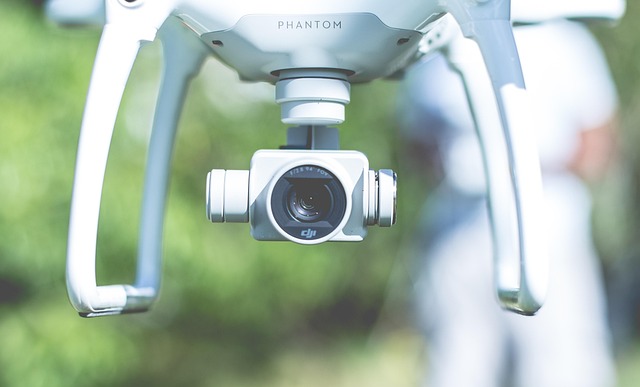Introduction to Flash Remote Control
In the fascinating world of photography, mastering the use of various tools can transform a simple picture into a work of art. One of the most powerful tools at your disposal is the flash remote control, which opens up a world of possibilities for creating stunning photographic layers. Whether you are a novice or an experienced photographer, understanding how to utilize a flash remote control will elevate your images to a new level.
The Basics of Flash Remote Control
At its core, a flash remote control allows photographers to trigger external flash units wirelessly. This capability empowers you to position your lights in various locations, enabling you to craft layered images with depth and dimension. Instead of relying solely on ambient light, you can manipulate your lighting setup to highlight key features, create mood, and enhance your composition.
Choosing the Right Flash and Remote System
Not all flash units are created equal. When selecting your flash remote control system, consider factors like compatibility with your camera, range of operation, and additional features like TTL (Through The Lens) metering. Popular brands offer starter kits that pair a flash unit with a remote, making it easier to begin your photography journey. Remember, a good quality setup will provide you with consistent results, assuring you that your lighting needs are met whether shooting indoors or outdoors.
Creating Layers in Your Photography
One of the primary advantages of using a flash remote control is its ability to create photographic layers. Layering is not just about stacking images but also about blending different elements within a single frame. By utilizing multiple flashes, you can highlight various aspects of your subject—foreground, midground, and background—simultaneously. This technique adds richness to your photographs, providing depth that captivates the viewer’s eye.
Mastering Lighting Techniques
To fully exploit the potential of your flash remote control, you need to understand lighting fundamentals. Experimenting with light direction, intensity, and diffusion will yield remarkable results. For instance, using one flash to create a soft fill light while another adds dramatic shadows can enhance the textures in your photo.
Additionally, incorporating modifiers such as softboxes and umbrellas can help soften harsh light, allowing you to build layers in a way that appears natural and visually stunning. Adjusting the position and angle of your flashes will further allow you to sculpt light, making your subjects stand out against a beautifully blurred background.
Practical Tips for Using Flash Remotes
- Practice Makes Perfect: The more you familiarize yourself with your flash remote control, the better your shots will be. Experiment in various settings to discover what works best for your style.
- Use the Environment: Take note of the ambient lighting in your environment. Adjust your flash settings accordingly to create a balanced look in your layered photographs.
- Sync Your Remote: Ensure that your flash sync settings on your camera are properly configured to avoid delays or misfires when triggering your external units.
- Take Advantage of Backlighting: Backlighting can create beautiful silhouettes and layered effects, especially when paired with creative flash positioning.
Conclusion
Unlocking the full potential of photography lies significantly in mastering the use of a flash remote control. Through understanding how to layer your images with creativity, you can produce breathtaking photographs that evoke emotion and draw in viewers. With practice, experimentation, and a keen eye for detail, the world of layered photography is yours to explore.



